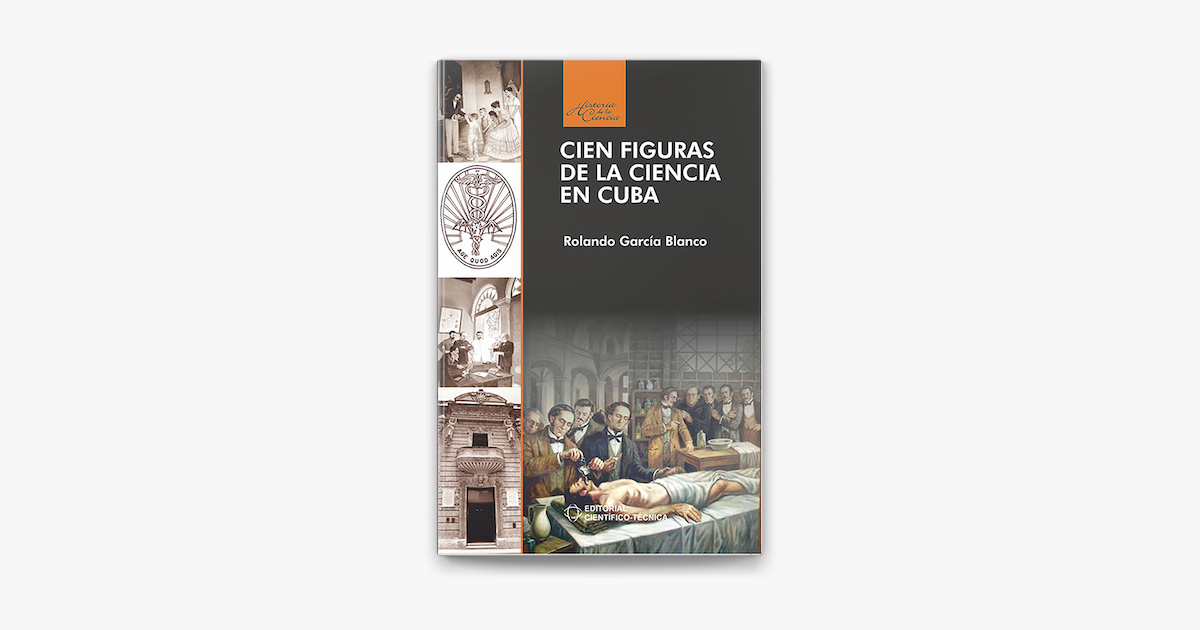One hundred figures of science in Cuba
The work “One Hundred Figures of Science in Cuba”, prepared by a group of authors coordinated by Rolando García Blanco, was edited by the Technical Scientific Editorial and has been published twice, in 2002 and 2016
Havana Cuba. – The work “One hundred figures of science in Cuba ”, Prepared by a group of authors coordinated by Rolando García Blanco, it was edited by the Technical Scientific Editorial and has been published twice, in 2002 and 2016.
The volume contains biographical reviews of one hundred relevant personalities, already deceased, who were born on the Island or who dedicated their lives to research carried out in the country. The profiles are accompanied by an overview of the history of Cuban science, from its origins to the beginning of the 2000s.
Books like the one I am reviewing today are essential, but not only to pay tribute to the heroes of Cuban science, but because they allow us to understand national development in the context of international advances in science. Unfortunately, within the hundred biographies, only two women appear, something inexcusable in a work of this type. For that same reason, it is even more inexplicable that the printing made in 2016 did not include new figures such as Dr. Rosa Elena Simeón Negrín, who was one of the promoters of the country’s scientific development and minister of the sector.
Another criticism of the text is that there is too marked a disproportion between personalities dedicated to the life sciences and other branches of knowledge. For example, engineering is very underrepresented and computing is conspicuous by its absence, although Cuba was the second country in America to build a computer with its own technology.
The volume stands out for its excellent prologue written by Dr. Ismael Clark Arxer, who was president of the Cuban Academy of Sciences, and the fact that each biographical synthesis has an active and passive bibliography.
In this select guide we find the protagonists of events such as: the installation of the telegraph in 1853, the first submarine cable between Cuba and Florida in 1867, the telephone service in Havana from 1881, the inauguration of electric lighting in 1889 and the creation of the Institute of Chemical Research in 1848. It can be stated that, since José Martín Félix de Arrate Acosta, born in Havana on January 14, 1701; Even Dario Guitart Manday, born in Santiago de Cuba on February 7, 1927, some of the main milestones of Cuban science are reflected, in an alphabetical order that perhaps I would have preferred chronologically.
Making the work of these men and women of science known, helps children and young people want to follow in their footsteps, and could be the starting point for the elaboration and publication of more extensive biographies of each one of them; I hope that the Scientific-Technical Publishing House will take the baton in this task. This is a book that should not be missing in the personal library of teachers, journalists and other people dedicated to science. I hope your reading is of benefit to you.


:quality(85)//cloudfront-us-east-1.images.arcpublishing.com/infobae/AKDWLCZLWZAAFLH54BCTNA7WQE.jpg)

:quality(75)/cloudfront-us-east-1.images.arcpublishing.com/elcomercio/XXUMWGGWHVGURJHEK7MIYE432M.jpeg)
